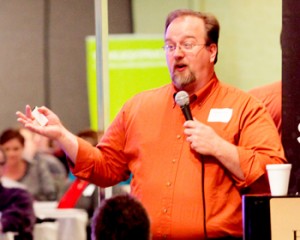Revenue North Indianapolis is a one-day conference for small business owners, entrepreneurs, and job seekers. It’s filled with breakout groups, each with 12 speakers per block. We’re covering the gamut, from search engine optimization to finance to social media marketing to pitching investors to networking.
The event is Thursday, March 21 at the Wyndham Indianapolis West Hotel, 2544 Executive Dr., Indianapolis, IN 46241, from 8 am to 5 pm.

My talk will go beyond the “you have to be on LinkedIn,” Personal Branding 101. . .stuff you see at these kinds of events. It will be 201 and 301-level material. (Basically, if you’re reading this, you already know why you have to be on LinkedIn and Twitter, because that’s probably what brought you to this page.)
If you own a business, you need to be here. If you do sales and marketing — especially Internet marketing, you need to be here. If you’re looking for a job or a chance to network, you need to be here.
The price is normally $99, but if you use my special code — A28LG7 — you can get in for free. My goal is to bring in at least 2% of the attendees, although I don’t get anything for it. Just a warm, happy feeling all over.
Check out the Revenue North Indianapolis schedule here.
You can register for Revenue North Indianapolis here.